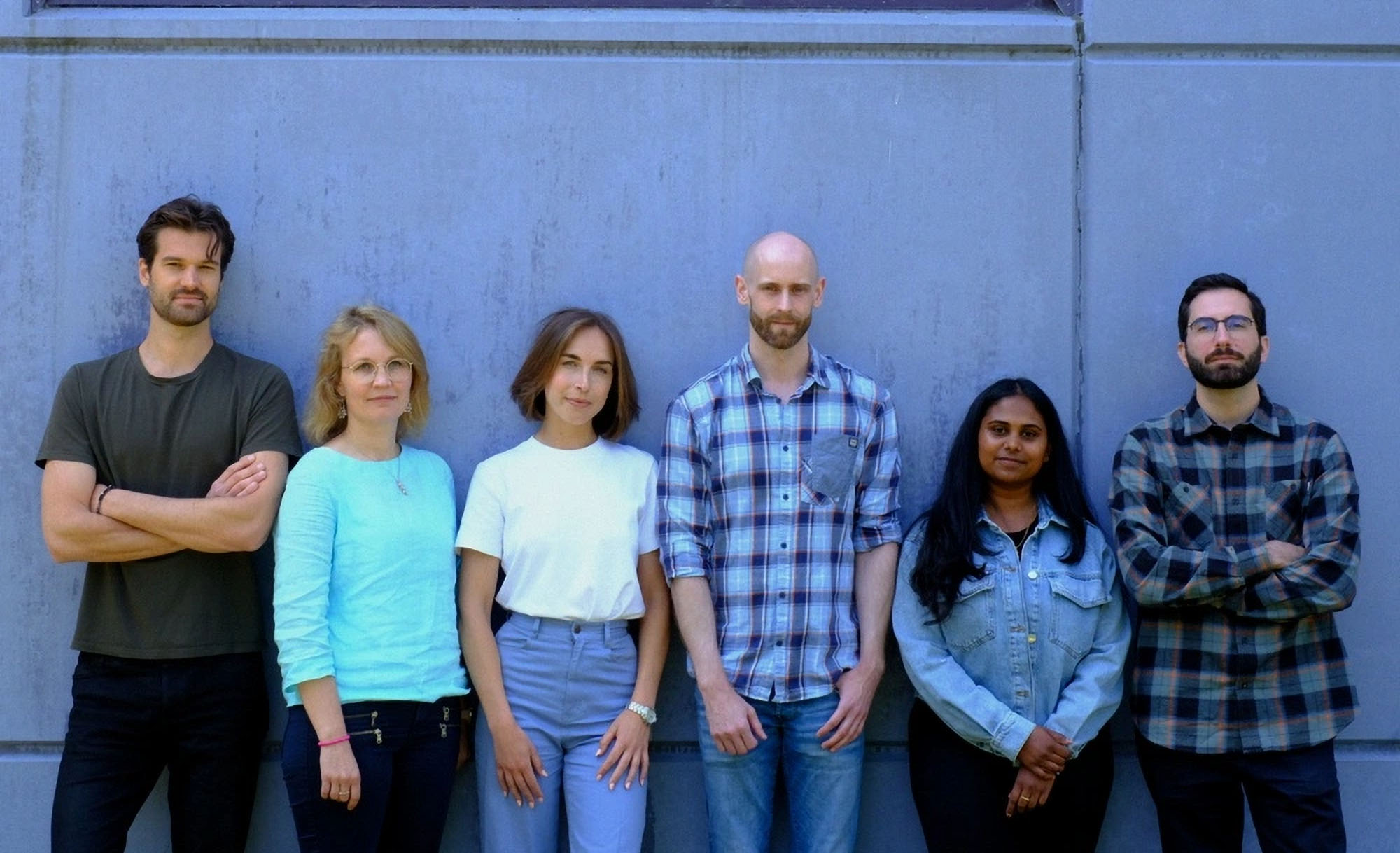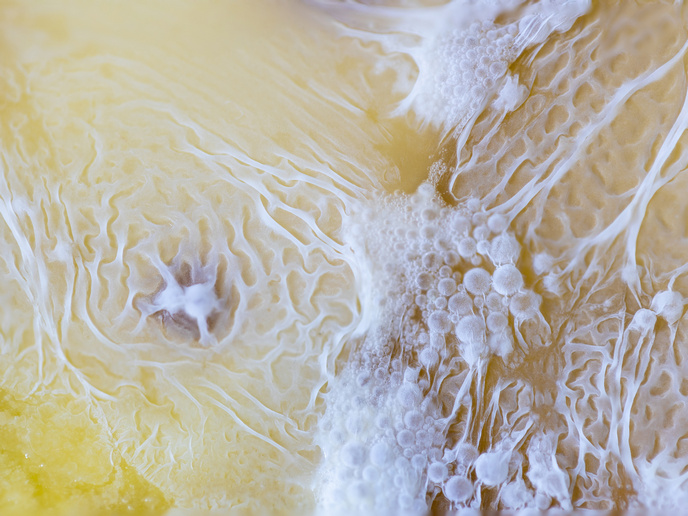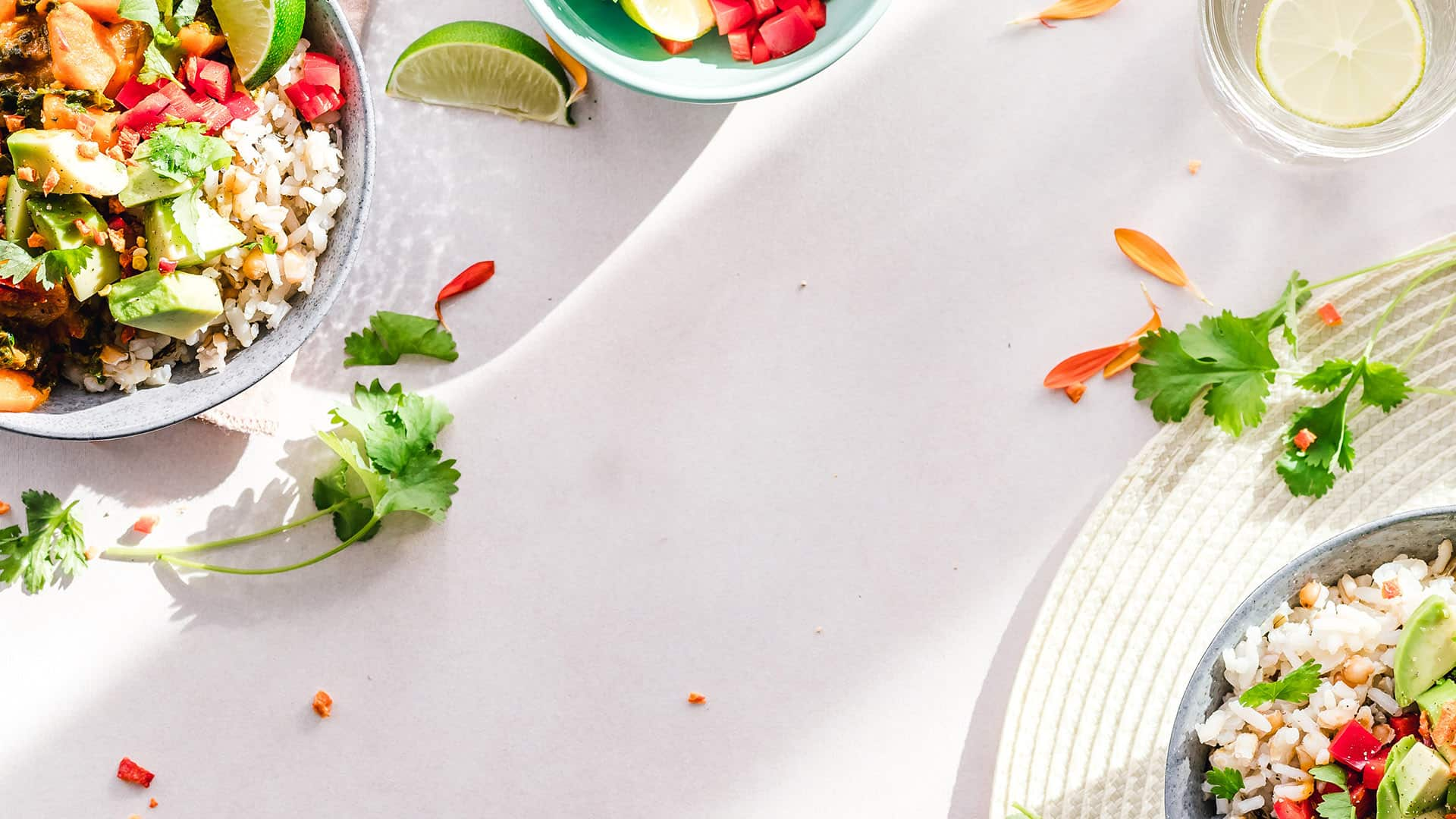
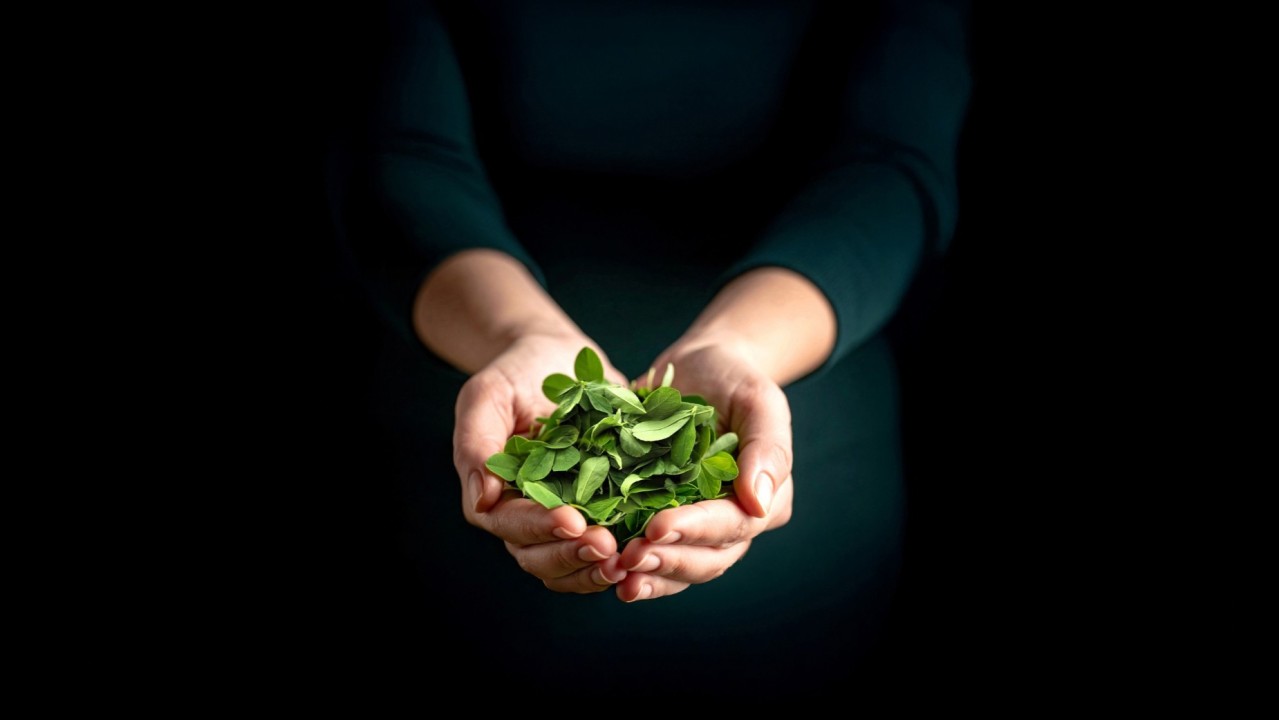
PPTI Web Exclusive: The utopia protein – how Leaft Foods cracked Rubisco and may have unlocked a new protein economy
Leaft Foods has done what food scientists failed to achieve for more than a century: extract Rubisco – the most abundant protein on Earth – at scale, intact, and functional. Co-founder Maury Leyland Penno explains why this changes everything
“Scientists have known for decades that it's the most abundant protein on Earth, present in every green leaf,” begins Maury Leyland Penno, Co-founder of Leaft Foods. “What stumped researchers for so many years was the extraction paradox. Every time someone tried to pull Rubisco out of leaves, the process destroyed the very thing that makes it extraordinary.”
Rubisco – ribulose-1,5-bisphosphate carboxylase-oxygenase – is the enzyme at the heart of photosynthesis, catalyzing the capture of CO₂ and its conversion into sugar. It has been described as both the most important and the most overlooked protein in human history. Researchers have long speculated that it could provide an abundant, high-quality protein source for food. But until now, every attempt to extract it left the protein denatured and useless.
Leaft Foods, a New Zealand company founded by Maury and her husband John Penno in 2018, has finally solved the puzzle. Using a gentle, food-safe process, the company has managed to preserve Rubisco’s delicate enzyme structure – creating a new class of plant protein that could challenge whey and egg for both performance and nutrition.
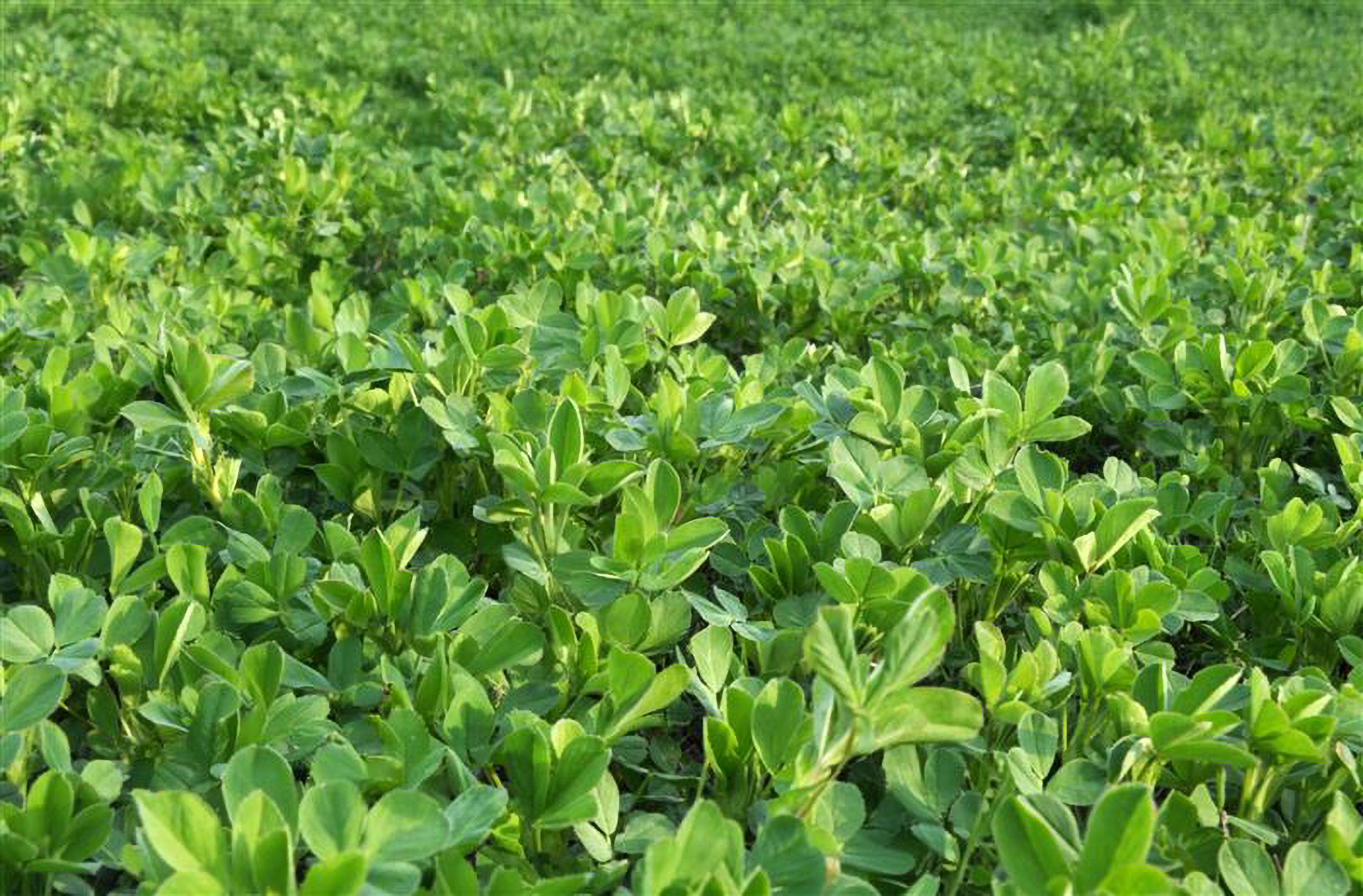
Breaking the extraction paradox
“Previous extraction methods would denature the protein's delicate structure, making it worthless,” Penno recalls. “Our team of scientists and engineers have painstakingly developed a process that preserves the protein's integrity, and in creating these protocols – which are valuable intellectual property for the company – we have got to know this enzyme protein at a much deeper level.”
The breakthrough is about more than chemistry. It reflects an unusual whole-systems approach, one that brings together food science, agriculture, and business model design. “From the beginning, we have been clear that we need to take a whole systems approach – and of course within the system there are some very technical challenges,” she says. “Our breakthrough was recognizing that we could optimize protein quality while creating value from 100% of the raw material.”
This idea – extracting not just protein but also other valuable compounds from leaves – means Leaft’s process is inherently zero-waste. It also ties directly into farming systems, where lucerne (alfalfa) serves as the company’s starting crop. Lucerne is nitrogen-fixing, improves soil health, and can be harvested several times a year without replanting. For Canterbury farmers, that makes it both practical and regenerative.

Why Rubisco is different
Storage proteins such as soy glycinin or pea legumin evolved to stockpile nutrients for seeds. They are compact, dormant, and nutritionally incomplete. Rubisco, by contrast, is designed for action.
“Rubisco is totally different,” Penno explains. “As an enzyme protein, it's built for action, and specifically, the sophisticated work of catalyzing the capture of CO₂ and enabling its conversion to sugar during photosynthesis. This means its structure is inherently more dynamic and functional.”
That dynamic structure translates directly into food science. Rubisco foams like egg white, gels like gelatin, dissolves cleanly in liquids, and emulsifies fats as effectively as whey. Nutritionally, it is even more remarkable: “Rubisco delivers an amino acid profile that's similar to whey protein,” Penno says. “It also delivers balanced ratios and is particularly strong on the amino acids linked to cognitive function: tyrosine, phenylalanine and tryptophan.”
Most strikingly, Rubisco digests faster than whey. “Because Rubisco's enzyme structure is built to support biochemical activity, it digests and releases amino acids much faster than traditional proteins,” she says. “This means we can deliver peak amino acid concentrations precisely when the body needs them most, like during or immediately before performance, not later during recovery.”
That speed has already made Rubisco attractive to athletes, who are trialing Leaft’s first consumer product: Leaft Blade, a 100ml performance shot containing 17g of Rubisco protein.
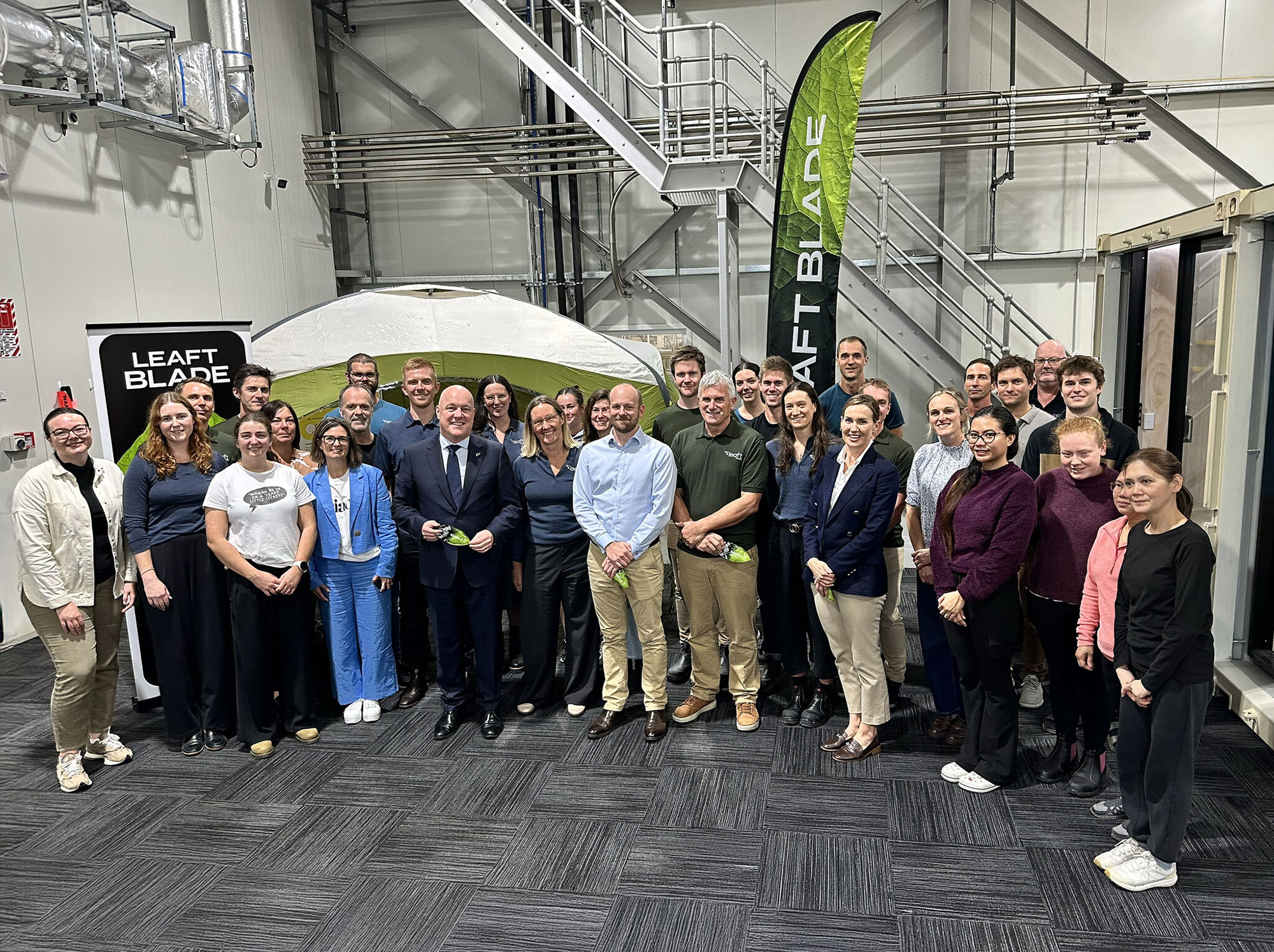
Building a new protein economy
The implications extend far beyond sports nutrition.
“What we're creating isn't just a new ingredient, it's the foundation for a completely different protein economy,” Penno argues. “We've either depended on animals converting plant protein, which is very inefficient, or have been limited to the handful of crops that store protein in seeds. Fermentation offers potential solutions, but you're still constrained by reactor capacity, controlled environments, and complex supply chains. Leaf Rubisco differs entirely.”
Every green leaf is, in principle, a protein factory. The challenge is choosing the right crops and building the right systems. Lucerne is just the beginning. “We’re not locked into just lucerne – we see other forage crops being part of our future, and we're exploring options that could work across different seasons, climates and agricultural systems,” she says.
From lab to commercial scale
Leaft’s progress has been rapid. After years of quiet R&D, the company commissioned a 30,000ft2 commercial demonstration facility in Canterbury in 2024. Capable of producing a ton of protein per week, the plant allowed Leaft to validate both the science and the economics.
“This facility allows us to develop enough scale to support high performance athletes and their demand for the Leaft Blade for a period,” Penno notes. “It also provides sufficient scale to get our ingredient protein into customers' products in market and to validate future demand. From here we see a relatively swift journey to profitability as we take the next steps to scale up.”
Already, food companies are testing Rubisco’s functional properties for applications ranging from dairy alternatives to baked goods. Farmers such as Andrew Bailey and Tim Ridgen are scaling lucerne production for Leaft. “Working with Leaft just feels right,” says Ridgen. “Their vision for the future of food doesn’t just inspire, it reflects everything we believe in.”
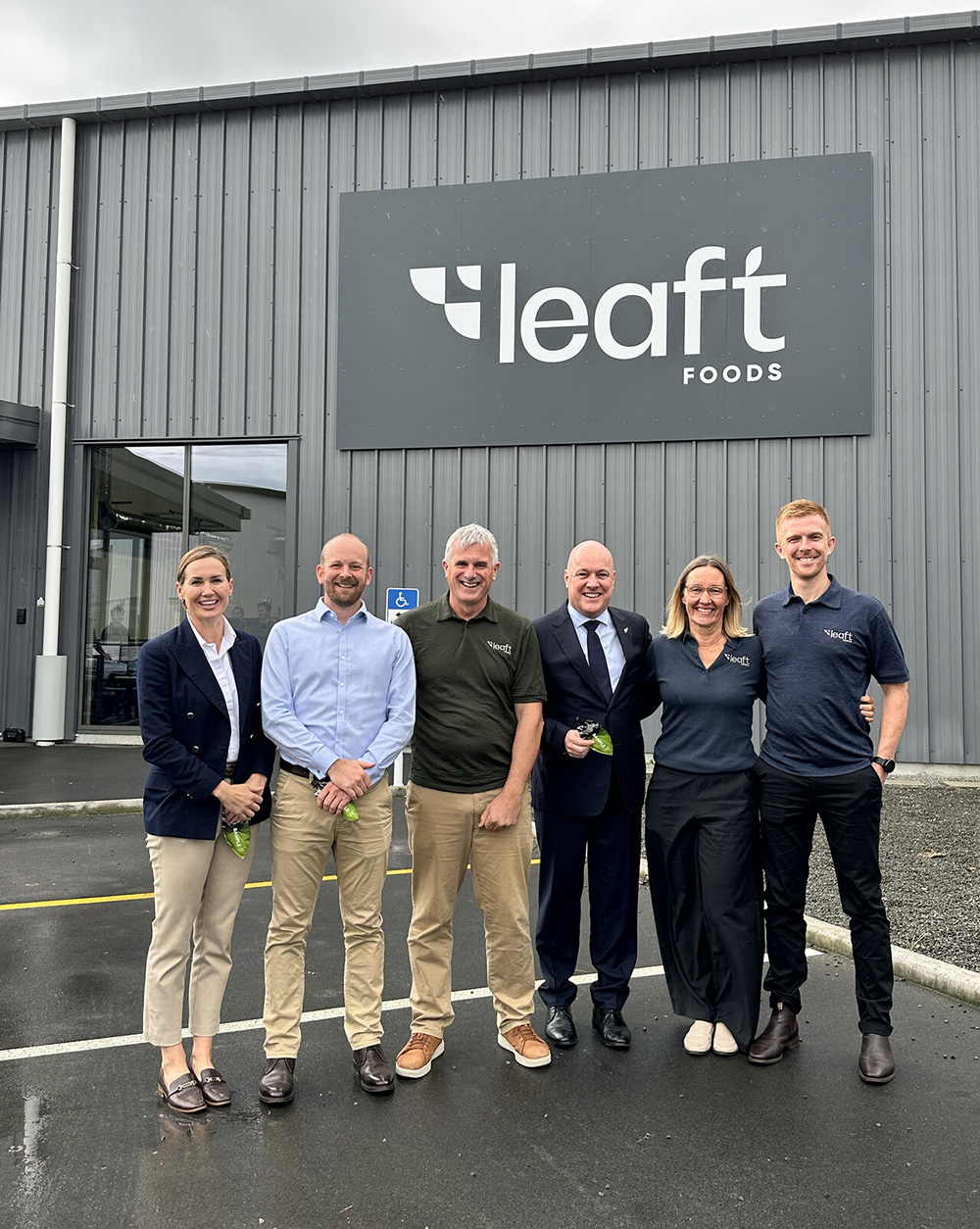
Environmental edge
In a sector grappling with questions of sustainability, Leaft’s pitch is blunt: Rubisco produces 97% lower carbon emissions compared to whey protein.
“The biggest driver is that taking the protein directly from the leaf, rather than passing it through an animal first, is vastly more efficient,” Penno says. An independent life cycle analysis by AgResearch backs up the claim.
The process is also zero-waste: everything in the leaf is valorized. That could include fibers, bioactives, and other compounds with applications well beyond food.
Lessons for the alt-protein sector
While many alt-protein startups have burned through cash chasing hype cycles, Leaft has kept its focus tight.
“Fundamental economics always apply. In some periods of a cycle, it may feel like they don’t, but before long they matter very much again,” Penno says. “We have always had a very long-term vision for Leaft that has maybe helped us to look through cycles and stay focused.”
That discipline reflects the founders’ backgrounds. Both Maury and John Penno built careers in agriculture and dairy, including John’s role in co-founding Synlait Milk and Maury’s leadership positions at Fonterra. “We have some experience in the team, especially from our founders, of having weathered many cycles before,” she notes.
Looking ahead
If soy and whey defined the 20th-century protein landscape, Rubisco may define the 21st.
“It was first identified as a protein with real potential in the 1780s and there have been many attempts to isolate it since then,” Penno reflects. “This opportunity hasn’t come from nowhere; it has just been waiting for its time.”
For Leaft, the time is now. Early consumer trials of Leaft Blade are underway in New Zealand and the USA, while B2B partnerships are expanding globally. The company’s vision is not just a new ingredient but a new food system – one rooted in green leaves, regenerative farming, and enzyme functionality.
“The fundamental productivity and very low environmental impact means that Rubisco has a very substantial future,” Penno says. “If Rubisco remains a niche, we will have failed to deliver our vision.”
As for what excites her most? Penno doesn’t hesitate. “We’re excited to be part of a positive change – great nutrition and light on our planet.”
If you have any questions or would like to get in touch with us, please email info@futureofproteinproduction.com


